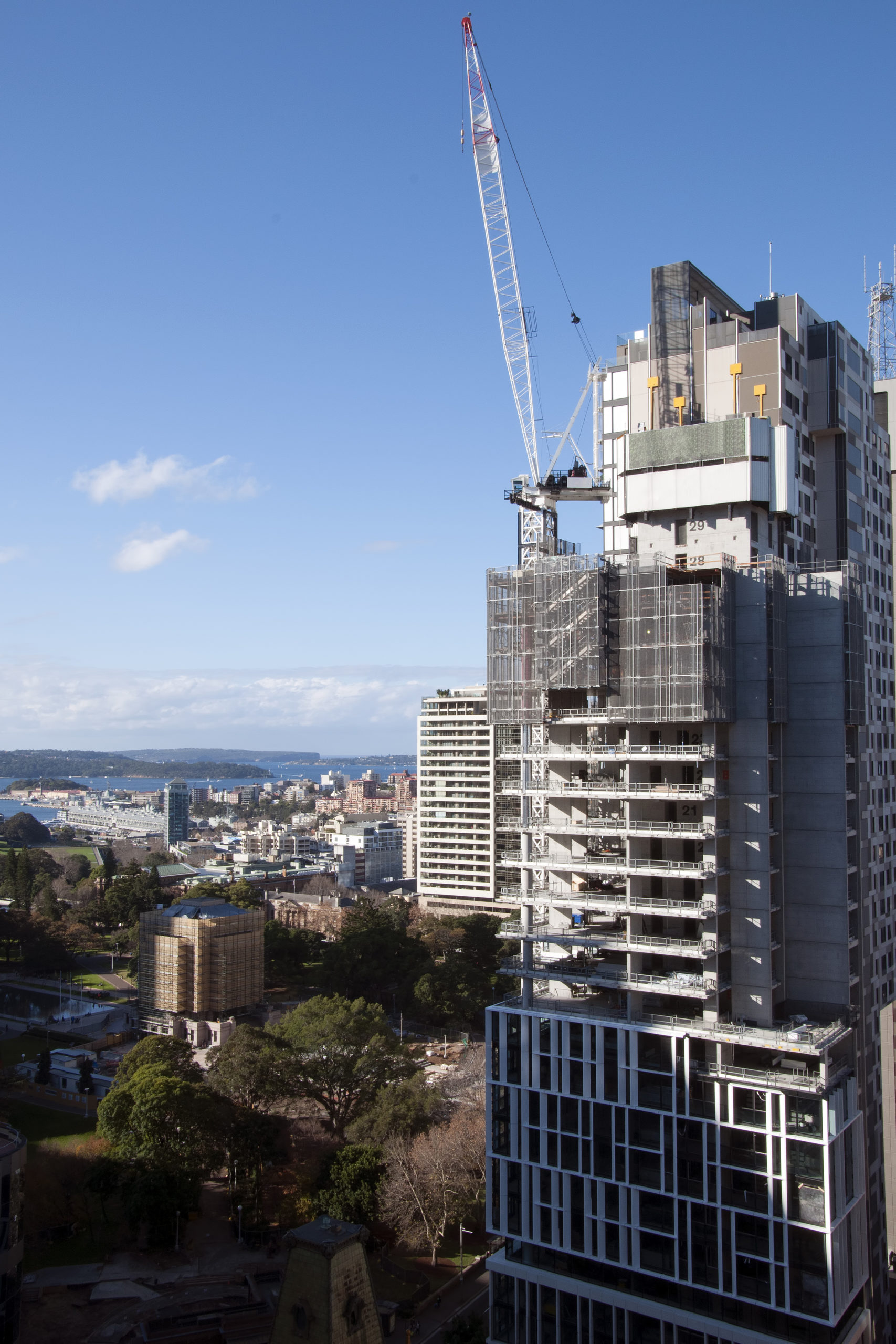UDIA National calls on political leaders to seize the opportunity and develop plans which put core infrastructure as their central focus, enabling Australia to exit the pandemic stronger than when it began.Great cities and regions don’t just happen automatically. They demand foresight, planning, early investment, and the capacity to respond to the needs of people who already live or aspire to live in them.“Consistent benchmarking of the base services required for liveable cities, suburbs and regional towns must be undertaken, including looking-forward at future demands. This should inform early investment in both large and small infrastructure such as public transport, urban and open spaces, technology, schools, hospitals and the environment, and be linked with capacity to unlock housing supply,” said Maxwell Shifman, UDIA National President.“Governments will yield a much stronger dividend from a cohesive and proactive approach to infrastructure investment. This would accelerate better and more affordable housing outcomes, particularly coupled with larger projects such as rail that support urban renewal and shape cities, better connecting communities and improving urban amenity,” he added. UDIA NSW’s Building Blocks research report shows that a $1 billion investment in infrastructure funding across the Sydney Megaregion would unlock over 100,000 greenfield dwellings within three years. It stands to reason that this staggering outcome could be replicated nationally.UDIA National’s 2022 Federal Election Campaign Platform – A Plan for Prosperity – includes six steps to ensure that long-term growth corridors for housing and related infrastructure properly align to demographic trends and strategic plans:
- Synchronising investment with the objectives of the long-term strategic land use and infrastructure plans in place for each of our major capital cities and regions.
- Ensuring integrated approval regimes are applied to infrastructure that also accommodate housing (and other uses) which are attached to or benefit from them.
- Linking higher levels of infrastructure funding to regions prepared to accept a greater share of population growth, synchronised with increases in housing supply.
- Putting a greater focus on local-scale infrastructure which can generate significant improvements based on a relatively small spend and in turn kickstart new housing opportunities.
- Charting and removing the barriers to the delivery of more diversified housing stock, including supporting build-to-rent, and encouraging mixed tenure affordable housing.
- Planning for an ageing population by ensuring the diversity and facilitation of housing choices for seniors is accommodated.
“We need to begin the hard work now to plan for what our major cities and regions look like in 2030 and the decades beyond and get delivery started,” said Mr Shifman.
Media Enquiries:Deanna Lane | National Media & Communications Manager | 0416 295 898 | media@udia.com.au

